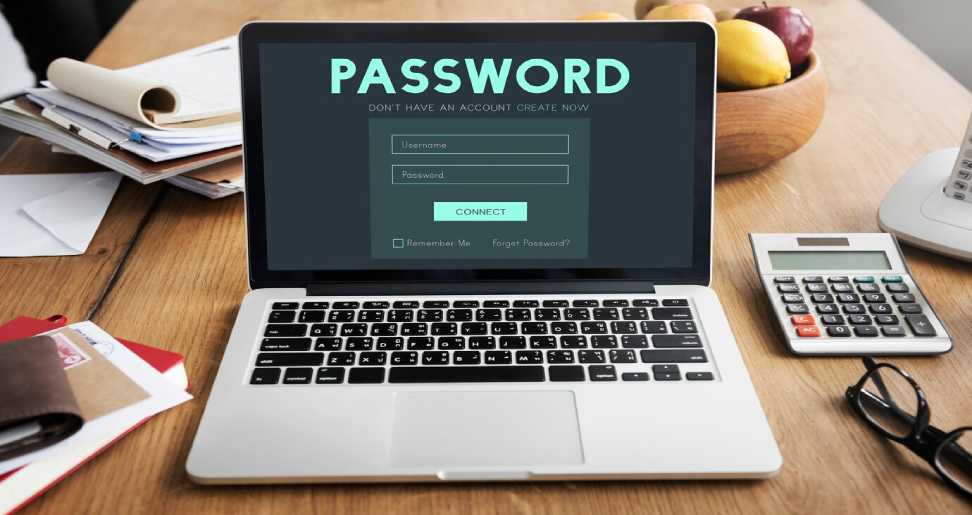In today’s interconnected digital landscape, the need for robust cybersecurity measures has never been more critical. Two fundamental technologies, Multi-Factor Authentication (MFA) and Single Sign-On (SSO), play pivotal roles in enhancing security and user experience across various platforms. While both serve to safeguard digital identities, they differ significantly in their approaches and applications.
Understanding MFA vs. SSO: Strengthening Security and Streamlining Access.
Multi-Factor Authentication (MFA)
Multi-Factor Authentication is a security mechanism that requires users to verify their identity through multiple credentials. These typically include:
- Something you must know about: Such as a password or PIN.
- Something you must know about: Such as a smartphone, token, or smart card.
- Something you must know about: Biometric data like fingerprints or facial recognition.
MFA adds layers of security by ensuring that even if one factor is compromised, unauthorized access is still thwarted. For instance, after entering a password, a user might receive a verification code on their smartphone to complete login. This extra step significantly reduces the risk of unauthorized access, especially in sensitive environments like banking or healthcare.
Single Sign-On (SSO)
Single Sign-On, on the other hand, focuses on enhancing user convenience while maintaining security. It allows users to access multiple applications with a single set of login credentials. Once authenticated, SSO enables seamless navigation between different services without requiring users to repeatedly enter their username and password.
SSO achieves this by using a trusted third-party service (identity provider) to authenticate users across various platforms. This not only simplifies the user experience but also reduces the burden on IT departments, as they can centrally manage access control and user permissions. For businesses, SSO improves productivity by minimizing the time spent on logging in and out of different applications.
Comparing MFA and SSO
While MFA and SSO serve complementary purposes, they are not mutually exclusive and are often implemented together for comprehensive security:
- Security Strength: MFA offers robust protection against unauthorized access by requiring additional verification steps, whereas SSO simplifies access management across multiple platforms without compromising security.
- User Experience: MFA, while more secure, can sometimes be perceived as more cumbersome due to additional verification steps. In contrast, SSO enhances user convenience by reducing the number of login credentials users need to remember.
- Application: MFA is typically used in environments where security is paramount, such as banking and healthcare. SSO finds broader application in organizations looking to streamline user access across numerous applications without sacrificing security.
Conclusion
In conclusion, while Multi-Factor Authentication and Single Sign-On serve distinct purposes, they are both integral components of a comprehensive cybersecurity strategy. MFA provides robust protection against unauthorized access, while SSO enhances user convenience and operational efficiency. By understanding the strengths and applications of each, organizations can implement a balanced approach that prioritizes both security and usability, thereby safeguarding sensitive information and improving user experience in the digital age.
By leveraging MFA and SSO together, organizations can strike a delicate balance between security and usability, ensuring that their digital environments are both protected and accessible to authorized users.
Have A Look :-

